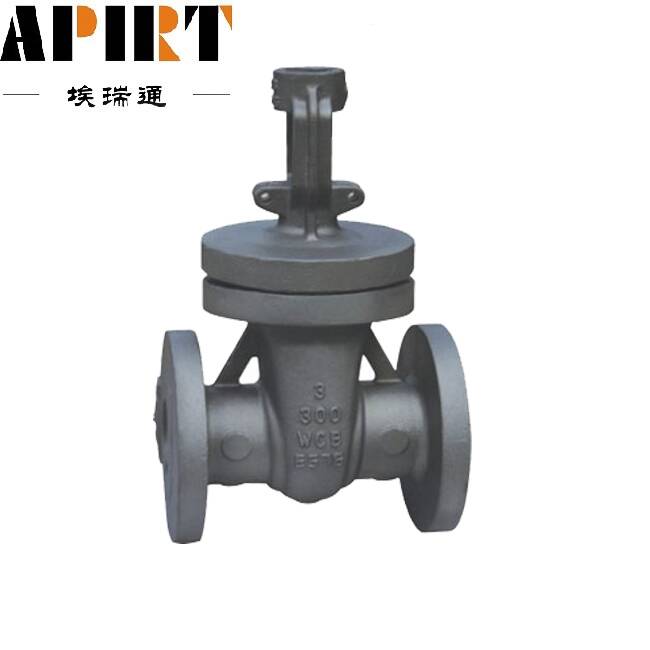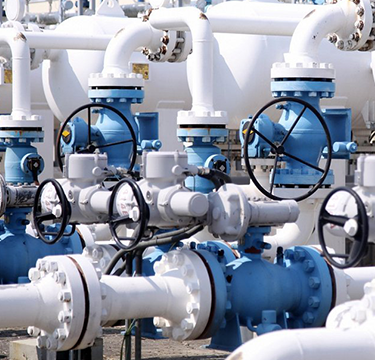Errore nel formato dell'e-mail
emailCannotEmpty
emailDoesExist
pwdLetterLimtTip
inconsistentPwd
pwdLetterLimtTip
inconsistentPwd

Notizia
Qui puoi descrivere una parte di testo che vuoi esprimere

The Fascinating World of Pressure Seal Gate Valve Design
When it comes to industrial piping systems, the choice of valve can make all the difference. Among the many types of valves available, the pressure seal gate valve stands out for its unique design and superior sealing capabilities. Whether you’re an engineer, a plant manager, or just someone interested in industrial design, understanding the intricacies of pressure seal gate valve design can be both enlightening and fascinating.
What is a Pressure Seal Gate Valve?
A pressure seal gate valve is a type of valve specifically designed to withstand high-pressure environments. Unlike other valves that rely on a bolted bonnet for sealing, pressure seal gate valves use the system pressure itself to achieve a tighter seal. This makes them particularly effective in applications involving high-pressure steam, oil, or gas, where leaks are simply not an option.
The Evolution of Pressure Seal Gate Valve Design
The design of pressure seal gate valves has evolved significantly over the years. The need for a valve that could handle extremely high pressures without compromising on safety or efficiency led to the development of this ingenious design. Traditional gate valves were often limited by the strength of the bolted joints used to hold the bonnet in place. As pressures increased, these joints could fail, leading to leaks or even catastrophic failures.
Engineers tackled this problem by rethinking the way the bonnet was sealed. Instead of relying on bolts, they designed a valve where the seal actually becomes tighter as the pressure increases. This innovation not only improved the safety and reliability of the valves but also extended their lifespan, making them a cost-effective solution for many industries.
How Does a Pressure Seal Gate Valve Work?
The operation of a pressure seal gate valve is based on a simple yet effective principle. As the pressure inside the valve increases, it forces the sealing elements—typically made of metal—into a tighter configuration. This pressure-driven mechanism ensures that the seal is maintained, even under extreme conditions.
The key components of a pressure seal gate valve include:
- Body: The main structure of the valve that houses the internal components.
- Gate: A flat or wedge-shaped disc that moves up and down to control the flow of fluid.
- Bonnet: The top cover of the valve that is sealed against the body to prevent leaks.
- Pressure Seal Gasket: The element that ensures a tight seal between the bonnet and the body. This gasket is designed to be compressed as the internal pressure increases, enhancing the seal.
- Stem: The rod that connects the gate to the actuator (handwheel, gear operator, or electric actuator).
When the valve is closed, the gate moves down to block the flow of fluid. The pressure inside the valve then pushes against the bonnet, compressing the pressure seal gasket and creating a tight seal. When the valve needs to be opened, the gate is lifted, allowing fluid to pass through.
The Advantages of Pressure Seal Gate Valve Design
The design of pressure seal gate valves offers several significant advantages, particularly in high-pressure applications:
Superior Sealing: The self-tightening mechanism ensures that the seal becomes more effective as the pressure increases. This eliminates the risk of leaks, even in the most demanding environments.
High Durability: The robust construction and materials used in pressure seal gate valves make them incredibly durable. They can withstand high pressures and temperatures without compromising their performance.
Cost-Effectiveness: While the initial cost of pressure seal gate valves may be higher than other types, their long lifespan and low maintenance requirements make them a cost-effective choice in the long run.
Safety: In high-pressure applications, safety is paramount. The design of pressure seal gate valves minimizes the risk of catastrophic failure, making them a safer option for critical systems.

Applications of Pressure Seal Gate Valves
Pressure seal gate valves are used in a wide range of industries where high pressure and high temperature are factors. Some common applications include:
Power Generation: In power plants, especially those that use steam turbines, pressure seal gate valves are used to control the flow of steam. The high-pressure steam used in these applications requires valves that can withstand extreme conditions without leaking.
Oil and Gas: The extraction and refining of oil and gas involve high-pressure systems that require reliable valves. Pressure seal gate valves are ideal for these environments, where even a small leak can have serious consequences.
Petrochemical: In the petrochemical industry, where chemicals are processed at high temperatures and pressures, pressure seal gate valves provide the necessary reliability and safety.
Chemical Processing: Similar to the petrochemical industry, chemical processing plants often operate under high pressure and temperature. The use of pressure seal gate valves in these settings ensures safe and efficient operation.
The Future of Pressure Seal Gate Valve Design
As industries continue to push the boundaries of pressure and temperature in their processes, the design of pressure seal gate valves will likely continue to evolve. Future developments may focus on improving the materials used in these valves to enhance their performance even further. For instance, advancements in metallurgy and sealing technology could lead to valves that are even more durable and reliable.
Moreover, with the increasing emphasis on sustainability and efficiency, we may see innovations that make these valves more energy-efficient or easier to maintain. For example, the integration of smart technology could allow for real-time monitoring of valve performance, enabling predictive maintenance and reducing downtime.
Conclusion
The pressure seal gate valve is a marvel of engineering, designed to meet the demands of high-pressure environments with efficiency and reliability. Its unique design, which leverages the system pressure to enhance the seal, sets it apart from other types of valves. As industries continue to evolve, so too will the design of pressure seal gate valves, ensuring that they remain a crucial component in the safe and efficient operation of high-pressure systems.
Whether you’re involved in power generation, oil and gas, or chemical processing, understanding the design and operation of pressure seal gate valves can help you make informed decisions about the equipment you use. As we look to the future, the ongoing innovation in this field promises to bring even more exciting developments in valve technology.

